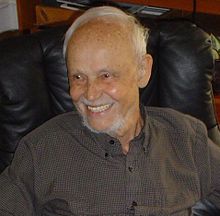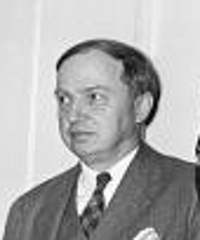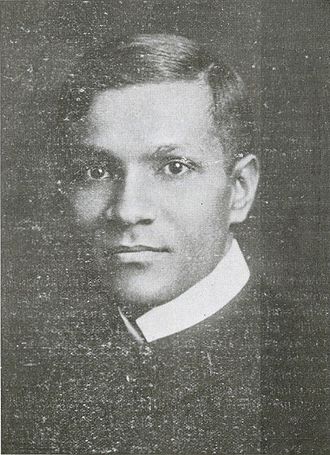Professor Huston Smith was born at Soochaw, China, and spent the first seventeen years of his life there. Between 1944 and 1947 he first taught at the University of Colorado before going to the University of Denver. During the next ten years he was attached to the Washington University in St. Louis, Missouri. Afterwards he went to the MIT as a Professor of Philosophy, and stayed there from 1958 to 1973. Finally he moved to the Syracuse University and became the Thomas J. Watson Professor of Religion and Distinguished Adjunct Professor of Philosophy until his retirement in 1983 and currently is having an Emeritus status. He also served as the Visiting Professor of Religious Studies at the University of California, Berkeley. Twelve honorary degrees were awarded to him and his fourteen books include The World’s Religions which was sold over two and a half million copies, and Why Religion Matters has won the Wilbur Award for the best book on religion published in 2001.
In my study of the world’s religions I have been fortunate in coming upon inspiring firsthand accounts of the world’s great spiritual geniuses, including Sri Ramakrishna, India’s greatest nineteenth century saint.
During the summer in the 1950s while I was writing the chapter on Hinduism in what was to become my book, The World’s Religions, I read and meditated on ten pages of The Gospel of Sri Ramakrishna each day, and I credit those meditations for the acclaim that has greeted that chapter.
On the heels of [the] dispute over whether we are all saved, there is another. At the end of our journey do we merge with the godhead or enjoy the beatific vision of God forever? Monotheists champion the latter, mystics the former.
Ramakrishna, who had a genius for embracing both horns of a dilemma, identifying with both sides, exclaimed in one of his monotheistic mood, ‘I want to taste sugar; I don’t want to be sugar.’ The standard metaphor for the mystics’ alternative is : the dewdrop slips into the shining sea.
As pain’s intensity is partly due to the fear that accompanies it, the conquest of fear can reduce pain concomitantly. Pain can also be accepted when it has a purpose, as a patient welcomes the return of life and feeling, even painful feeling, to a frozen arm. Again, pain can be overridden by an urgent purpose, as in a football game. In extreme cases of useless pain, it may be possible to anesthetize it through drugs or control of the senses. Ramakrishna, the greatest Hindu saint of the nineteenth century, died of cancer of the throat. A doctor who was examining him in the last stages of the disease probed his degenerating tissue and Ramakrishna flinched in pain. ‘Wait a minute’, he said; then ‘Go ahead’, after which the doctor could probe without resistance. The patient had focused his attention to the point where nerve impulses could barely gain access. One way or another it seems possible to rise to a point where physical pain ceases to be a major problem.
[God conceived as with-attributes is called Saguna Brahman], as distinct from the philosophers’ more abstract Nirguna Brahman, or God-without-attributes. Nirguna Brahman is the ocean without a ripple; Saguna Brahman the same ocean alive with swells and waves. In the language of theology, the distinction is between personal and transpersonal conceptions of God. Hinduism has included superb champions of each view, notably Sankara for the transpersonal and Ramanuja for the personal; but the conclusion that does most justice to Hinduism as a whole and has its own explicit champions like Sri Ramakrishna is that both are equally correct. At first blush this may look like a glaring violation of the law of the excluded middle. God may be either personal or not, we are likely to insist, but not both. But is this so? What the disjunction forgets, India argues, is the distance our rational minds are from God in the first place. Intrinsically, God may not be capable of being two contradictory things—we say may not because logic itself may melt in the full blaze of the divine incandescence. But concepts of God contain so much alloy to begin with that two contradictory ones may be true, each from a different angle, as both wave and particles may be equally accurate heuristic devices for describing the nature of light. On the whole, India has been content to encourage the devotee to conceive of Brahman as either personal or transpersonal, depending on which carries the most exalted meaning for the mind in question.


